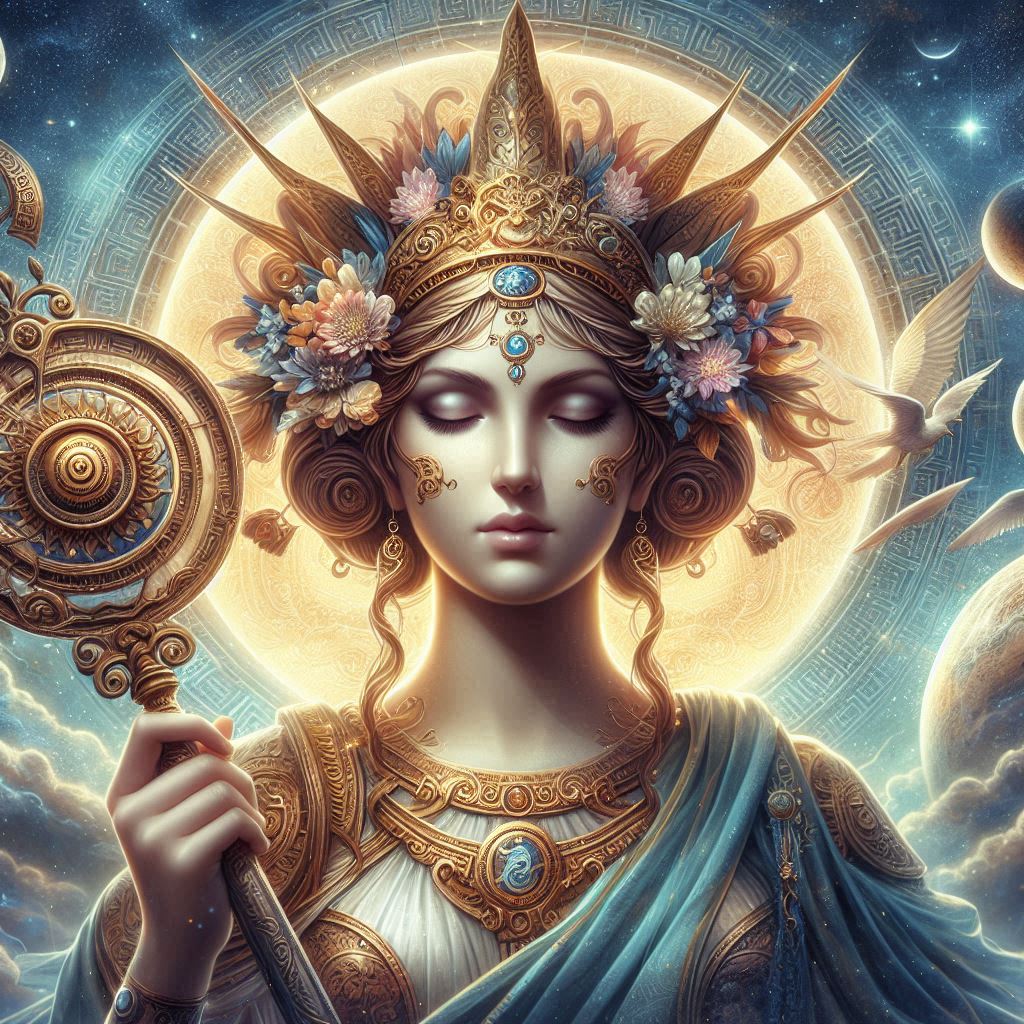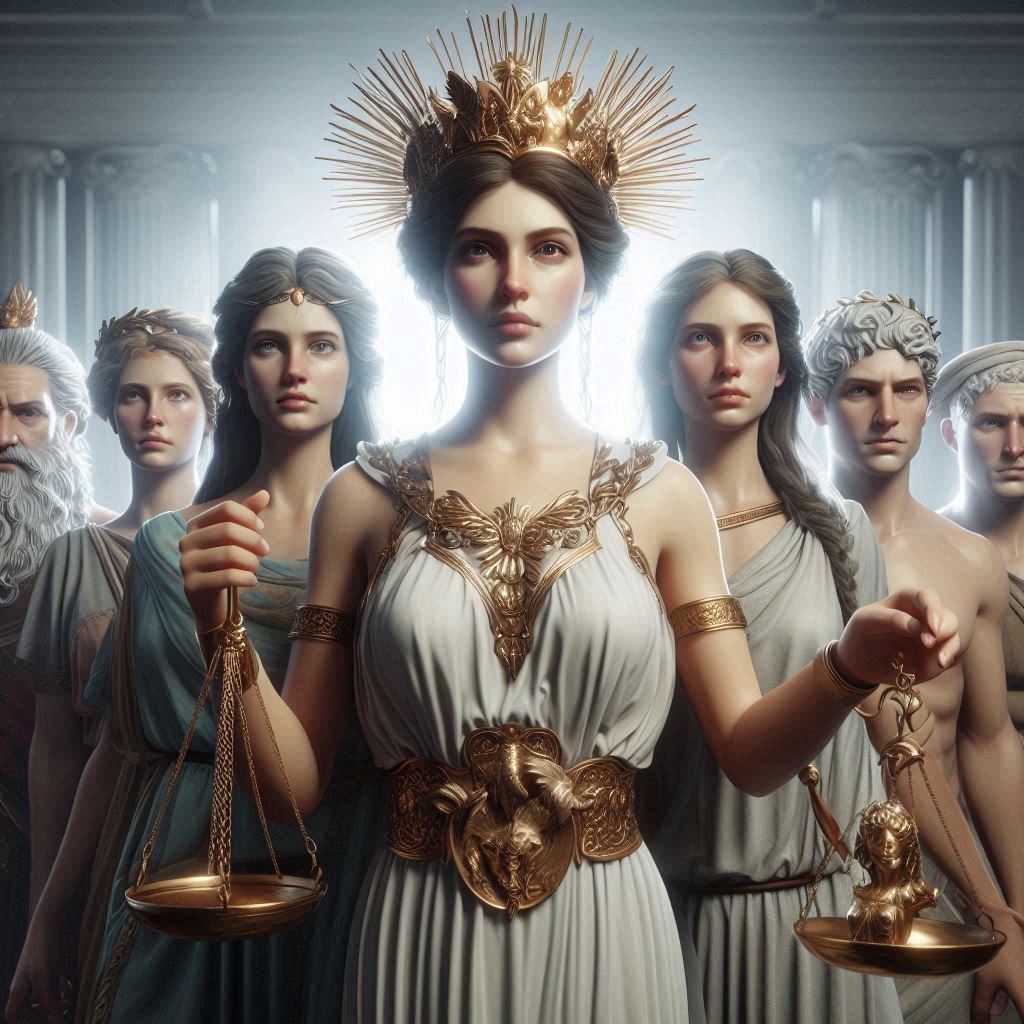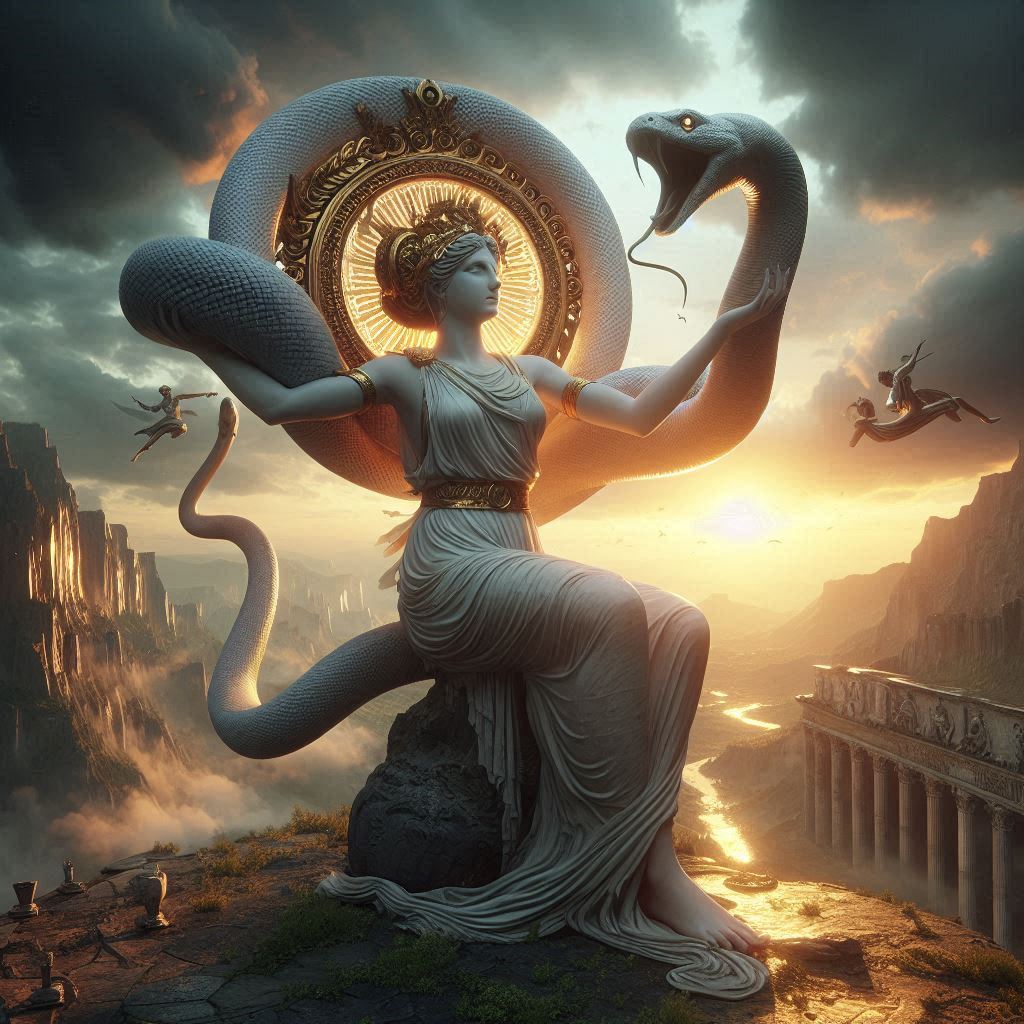Table of Contents
Star Wars as a Narrative: A Timeless Epic of Myth and Heroism
Since its debut in 1977, Star Wars has transcended its status as a mere science fiction franchise to become one of the most influential narrative epics of modern cinema. Created by George Lucas, the saga draws heavily from mythological storytelling traditions, particularly Joseph Campbell’s concept of the “Hero’s Journey.” Beyond its dazzling special effects and futuristic setting, Star Wars is fundamentally a story about human struggles—good versus evil, destiny versus free will, and the eternal battle between light and darkness.

This essay explores Star Wars as a narrative by analyzing its structure, characters, and themes. By examining its roots in classical mythology, its use of archetypal characters, and its moral and philosophical undertones, we can understand why Star Wars remains a cultural touchstone nearly five decades after its inception.
The Hero’s Journey in Star Wars
Joseph Campbell’s The Hero with a Thousand Faces (1949) outlines the monomyth, a narrative pattern found in myths across cultures. George Lucas explicitly modeled Star Wars after this structure, making it a prime example of the Hero’s Journey in contemporary storytelling.
1. The Ordinary World
Every hero begins in a familiar, often mundane setting. Luke Skywalker, the protagonist of the original trilogy, is a restless farm boy on Tatooine, dreaming of adventure beyond his desert home. Similarly, Rey in The Force Awakens is a scavenger surviving on scraps in a desolate wasteland. This stage establishes the hero’s dissatisfaction with their current life, setting the stage for transformation.
2. The Call to Adventure
The hero is thrust into a larger conflict. For Luke, it is Princess Leia’s holographic plea for help delivered by R2-D2. For Rey, it is the droid BB-8 carrying a map to Luke Skywalker. The call disrupts the hero’s ordinary life, presenting them with a mission they initially resist.
3. Refusal of the Call
Heroes often hesitate, fearing the unknown. Luke initially refuses Obi-Wan Kenobi’s invitation to join the Rebellion, insisting he must stay on Tatooine. Only after Stormtroopers murder his aunt and uncle does he commit to the journey. Rey, too, resists at first, refusing the lightsaber Maz Kanata offers her, unwilling to accept her role in the larger conflict.
4. Meeting the Mentor
A wise guide prepares the hero for the trials ahead. Obi-Wan Kenobi introduces Luke to the Force, setting him on the path of a Jedi. Yoda later continues this training in The Empire Strikes Back. Rey finds mentors in Han Solo, Leia, and eventually Luke himself. These figures provide wisdom, training, and moral support.
5. Crossing the Threshold
The hero leaves their familiar world behind. Luke departs Tatooine with Han and Chewbacca, entering the larger galactic struggle. Rey leaves Jakku aboard the Millennium Falcon, stepping into her destiny. This marks the point of no return.
6. Trials, Allies, and Enemies
The hero faces tests that build their skills and resolve. Luke battles Stormtroopers, escapes the Death Star, and learns the ways of the Force. Rey discovers her Force sensitivity, duels Kylo Ren, and learns about her lineage. Along the way, they gain allies (Han, Leia, Finn, Poe) and confront enemies (Vader, Palpatine, Kylo Ren).
7. The Ordeal
A major crisis forces the hero to confront their greatest fear. For Luke, this occurs in The Empire Strikes Back when Darth Vader reveals he is his father. Rey’s ordeal comes when she learns she is Palpatine’s granddaughter, threatening her sense of identity. These moments test the hero’s resolve and force them to grow.
8. The Reward
After surviving the ordeal, the hero gains new strength or knowledge. Luke accepts his role as a Jedi and returns to rescue his friends. Rey embraces her identity and wields the Force with confidence.
9. The Road Back
The hero must return to their world, often facing final challenges. Luke confronts Vader and the Emperor in Return of the Jedi. Rey leads the Resistance against the Final Order in The Rise of Skywalker.
10. The Resurrection
A final test purifies the hero. Luke resists the dark side and redeems his father. Rey defeats Palpatine by drawing on the strength of past Jedi.
11. Return with the Elixir
The hero brings back wisdom or victory to their people. Luke’s triumph helps restore peace to the galaxy. Rey adopts the Skywalker name, symbolizing hope for the future.
This structure repeats across Star Wars films, reinforcing its mythological foundation.
Archetypal Characters and Their Roles
Beyond the Hero’s Journey, Star Wars employs universal character archetypes that deepen its narrative resonance.
1. The Hero (Luke, Rey, Anakin)
The central figure who undergoes transformation. Luke evolves from a naive farm boy to a wise Jedi. Rey transitions from a lonely scavenger to a beacon of hope. Anakin’s tragic arc shows how even a prophesied hero can fall.
2. The Mentor (Obi-Wan, Yoda, Qui-Gon)
Guides who provide wisdom and training. Obi-Wan teaches Luke about the Force. Yoda refines his skills. Qui-Gon’s belief in Anakin sets his fate in motion.
3. The Shadow (Darth Vader, Palpatine, Kylo Ren)
Embodiments of the dark side, representing the hero’s greatest fears. Vader is Luke’s father, making his conflict personal. Kylo Ren mirrors Rey’s struggle with identity.
4. The Trickster (Han Solo, Lando Calrissian)
Characters who operate outside strict morality, adding unpredictability. Han begins as a selfish smuggler but becomes a selfless leader. Lando’s betrayal and redemption add complexity.
5. The Herald (R2-D2, BB-8)
Catalysts for adventure. R2-D2 delivers Leia’s message, setting Luke’s journey in motion. BB-8 carries the map to Luke, drawing Rey into the fight.
6. The Threshold Guardian (Jabba the Hutt, Snoke)
Obstacles the hero must overcome. Jabba tests Luke’s resolve in Return of the Jedi. Snoke manipulates Kylo Ren before his eventual betrayal.
These archetypes ensure that Star Wars remains thematically rich and emotionally engaging.
Themes and Philosophical Depth
Star Wars is more than space battles and lightsabers—it explores profound philosophical and moral questions.
1. The Battle Between Good and Evil
The light and dark sides of the Force represent moral dualism. The Jedi uphold peace and self-discipline, while the Sith embrace power and corruption. This struggle mirrors real-world conflicts between altruism and tyranny.
2. Destiny vs. Free Will
Anakin is prophesied to “bring balance to the Force,” but his choices lead to destruction before redemption. Rey grapples with her lineage—will she follow Palpatine’s legacy or forge her own path? The saga suggests that while destiny exists, choice determines one’s fate.
3. Redemption and Forgiveness
Darth Vader’s arc is one of cinema’s greatest redemption stories. Despite his atrocities, Luke’s belief in his goodness saves him. Kylo Ren’s turn back to Ben Solo reinforces the idea that no one is beyond redemption.
4. The Power of Hope
The Rebellion’s fight against the Empire symbolizes resistance against oppression. Rogue One’s tagline—”Rebellions are built on hope”—captures this theme. Even in darkness, Star Wars insists that courage and unity can prevail.
5. The Importance of Legacy
Characters wrestle with their heritage. Luke fears becoming like Vader. Rey dreads her connection to Palpatine. Yet, Star Wars argues that legacy does not define a person—choices do.
Conclusion: Why Star Wars Endures
Star Wars remains timeless because it taps into universal human experiences. Its narrative structure, drawn from ancient myths, gives it a foundational power. Its characters, whether heroes, villains, or rogues, reflect different facets of humanity. Its themes—hope, redemption, destiny—are eternally relevant.
Beyond its cinematic spectacle, Star Wars endures because it is, at its heart, a story about growth, struggle, and the belief that even in the darkest times, light can prevail. As Yoda says, “Luminous beings are we, not this crude matter.”
May the Force be with you.


No responses yet